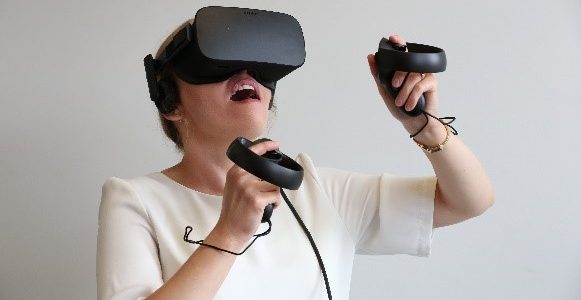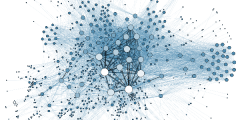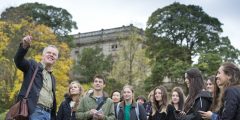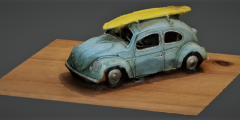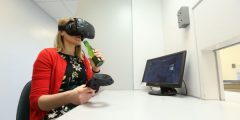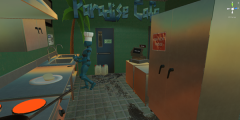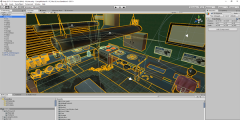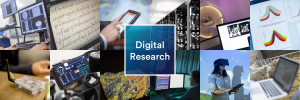A call for new Digital Initiatives
July 15, 2020
This post introduces our Digital Initiatives from 2019-20 and invites you to apply to work with us on Digital Initiatives in the coming year. “Digital Initiatives” have been part of the way Digital Research engages with the research community for the last four years. Since the start of 2016, Digital Research has helped fund almost …
Making data meaningful for those with colour blindness
June 30, 2020
We look at some of the open source software helping researchers to make their research findings accessible to those with colour blindness, driving equality and inclusiveness. Eight percent of men are affected by colour vision impairment, having difficulties distinguishing between colours and thereby confusing certain colours that the majority of people see readily. As researchers …
Expand your research possibilities
June 25, 2020
Expand your research possibilities, share your research, find an expert. In an increasingly digital world, new technologies can help develop research by boosting the reuse of data and developing new collaboration opportunities. Reusing research provides numerous benefits. In the first instance, accessing current or previous data sets, information, and knowledge can help support and develop …
Using photogrammetry to create digital rooms and landscapes
May 14, 2020
In a previous blog post, we introduced an easy way to create digital 3D models. It is also very easy to capture physical environments in 3D. You can do this using free tools and just a smartphone or basic camera. There are plenty of reasons for researchers to want to capture environments, from disciplines such as …
Exploring photogrammetry and digital 3D models
April 16, 2020
You can create good-quality digital 3D models without technical knowledge or the need for costly equipment. In this blog, we use a mobile-phone and some free software to create an interactive 3D model. Each year, the Digital Research Specialist Team runs ‘digital initiatives’, an opportunity for researchers to explore new and emerging technologies. Past examples …
Immersive technologies and the heritage sector – Bromley House, Nottingham
December 10, 2019
Immersive technologies, such as Virtual Reality (VR) and Augmented Reality (AR), allow heritage venues to create exciting digital experiences. Dr Jo Robinson is a Professor in Drama and Performance at the University of Nottingham. She is interested in exploring relationships between place, space, and community. As part of an AHRC award, Jo is helping organisations around …
Arts Digital Impact: Crowdsourcing Place-Names in Staffordshire
April 18, 2018
This is a guest blog by Jayne Carroll. Place-names are short texts – they can tell us all sorts of things about the people, landscape, and languages of the past. In England, most place-names are very old. Many of them were given by Anglo-Saxons as descriptive labels more than a thousand years ago. We …
Creating a virtual bar for a beer tasting experiment
February 9, 2018
This is a guest blog by Marit Nijman, PhD student in the Sensory Sciences Centre of the School of Biosciences. Do you think you would feel differently about a beer if you have it in a pub as opposed to a plain white room? My PhD research has shown that consumers’ responses to products can …
Corrupt Kitchen VR Dev-Diary 3
January 17, 2018
Paul Tennent, Research Fellow, Mixed Reality Lab Welcome to the next section of the Corrupt Kitchen VR development diary. Today we’re going to talk about the events and aspects of the system beyond the core task of burger making. These fall largely under the separate headings of ‘health and safety’ and ‘corruption’. In general, Corrupt …
When Law and Computer Science Collide: How an interdisciplinary project is letting me do more than I could on my own
January 15, 2018
Richard Hyde It’s not that I wasn’t interested in using technology in my research; I’m just not sure I had ever seen a way to combine virtual reality with food regulation, my rather specialist research area. So it was with some trepidation that I stepped into a meeting with Stuart Moran and Jan Mayer-Sahling, which …

